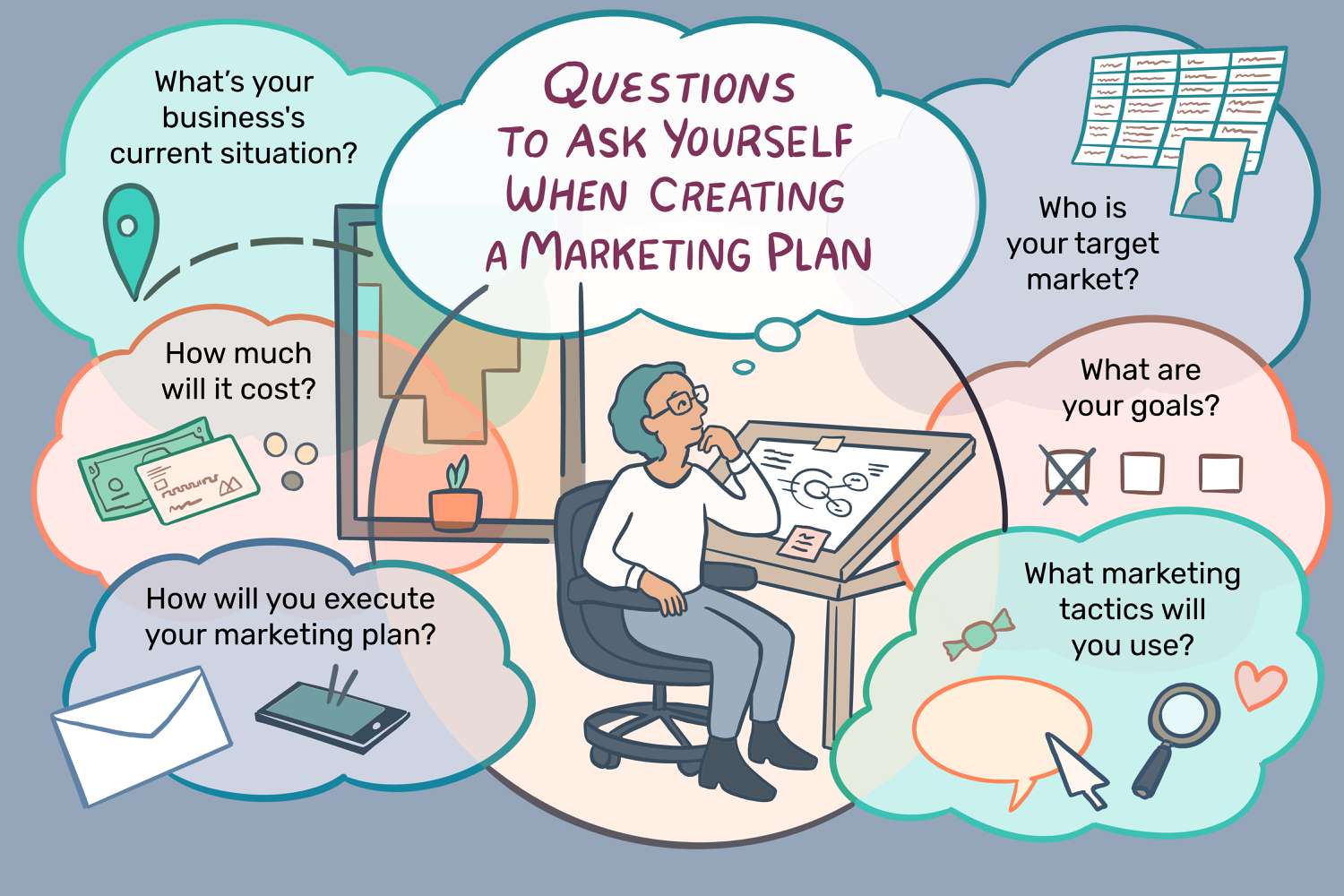
Four stages are typical for someone going through a transition. These are: Rejection, Resistance and Exploration. And finally, Commitment. Each stage is different and presents its own set challenges. It is important to know what you are trying to replace and keep. These will aid you during the transition.
Neglect
The four stages of change we experience are usually denial, acceptance, commitment and shock. The Stage of Shock, which is usually a short-term reaction, is the first. It involves a dip in productivity as the mind processes the news and reality. The Stage of Denial is the next stage, and can be very long. If you're unable to move on from this stage, it can lead to an eventual loss of touch with reality.
During this phase, people try to hold on to the current state of affairs and are trying to avoid facing the change. They may feel angry or sad, as their energy fluctuates with their performance. During this time, it is crucial to have strong support systems. However, if you're facing the fact that change is coming, you must be resolute enough to move forward with a new future.

Resistance
A study was conducted to investigate the effect of temperature on the resistance of a nickel alloy near its ferromagnetic phase transition. The resistance to nickel at 25 and45 kbar was measured with a large hydrostatic cube multiple-anvil pressure device. This resulted in the creation of a computer-controlled real-time measurement system. The measurements revealed that the resistance measured at atmospheric temperature and at high pressures was in good agreement. The critical temperature, Tc, also increases with pressure at a rate between 0.193+ and 0.013 K/kbar.
These measurements have revealed that the resistance in phase transitions is a result of the T-dependent gap function. When the temperature is low enough, this resistance remains constant. When the temperature is above the critical temperature, however, the resistance in intergranular regions increases. The sensitivity of this feature shows that the resistive features of the junction are SNS.
Exploration
The Exploration Phase is crucial for a transition. It allows you to strengthen organizational capacity and find out more about the program or practice. In this phase, professionals and community members are involved in the implementation process. The purpose of this phase is to identify the specific needs of the program/practice, and then develop solutions. The Exploration Phase of a Transition involves identifying and defining the essential components of a new practice or program.
A Implementation Team assists in the creation, sustainability, scale-up, and scaling up of usable innovation. These teams bring together drivers, stages and improvement cycles to create a holistic process. The process could begin with one person who brings new ways of working to the organization. But it could also include the formation of a team that can be key to the sustainability process.

Engagement
Many phases accompany the commitment to a change effort. These phases are characterised by a lack in skills and setting, as well as a limited capacity to implement the changes. These phases will pass and people will either move to a new stage or continue in the current situation. Individuals are more likely to move forward if they have committed to a change effort.
The Contact Stage is the first stage of commitment. During this stage, employees are exposed to the new change initiative. This may come in the form a poor financial statement, meeting with the CEO, and meeting with senior staff.
FAQ
Why is it important that companies use project management methods?
Project management techniques are used to ensure that projects run smoothly and meet deadlines.
Because most businesses depend heavily on project work to produce goods or services,
Companies need to manage these projects efficiently and effectively.
Without effective project management, companies may lose money, time, and reputation.
What is a fundamental management tool for decision-making?
A decision matrix is an easy but powerful tool to aid managers in making informed decisions. It helps them to think strategically about all options.
A decision matrix allows you to represent alternatives as columns and rows. This makes it easy to see how each alternative affects other choices.
We have four options in this example. They are represented by the boxes to the left of the matrix. Each box represents one option. The top row displays the current situation, and the bottom row shows what might happen if nothing is done.
The middle column shows the effect of choosing Option 1. It would translate into an increase in sales from $2million to $3million.
The effects of options 2 and 3 are shown in the next columns. These positive changes can increase sales by $1 million or $500,000. However, these also involve negative consequences. Option 2 increases the cost of goods by $100,000. Option 3 decreases profits and makes them less attractive by $200,000.
The last column shows you the results of Option 4. This would result in a reduction of sales of $1 million.
The best thing about a decision matrix is the fact that you don't have to remember which numbers go with what. The best thing about a decision matrix is that you can simply look at the cells, and immediately know whether one option is better or not.
This is because your matrix has already done the hard work. It is as simple as comparing the numbers within the relevant cells.
Here's an example of how you might use a decision matrix in your business.
You want to decide whether or not to invest more money into advertising. By doing so, you can increase your revenue by $5 000 per month. You'll also have additional expenses up to $10,000.
The net result of advertising investment can be calculated by looking at the cell below that reads "Advertising." It is 15 thousand. Advertising is worth much more than the investment cost.
Which kind of people use Six Sigma
Six Sigma is well-known to those who have worked in operations research and statistics. Anyone involved in business can benefit.
Because it requires a high degree of commitment, only leaders with strong leadership skills can implement it successfully.
What are the 5 management processes?
The five stages of any business are planning, execution, monitoring, review, and evaluation.
Planning involves setting goals for the future. Planning involves defining your goals and how to get there.
Execution happens when you actually do the plan. You need to make sure they're followed by everyone involved.
Monitoring allows you to monitor your progress towards achieving your goals. Regular reviews of performance against targets, budgets, and other goals should be part.
Each year, reviews are held at the end. They provide an opportunity to assess whether everything went well during the year. If not, it is possible to make improvements for next year.
Evaluation takes place after the annual review. It helps to identify what went well and what didn’t. It provides feedback about how people perform.
What is Six Sigma and how can it help you?
It's a strategy for quality improvement that emphasizes customer care and continuous learning. This is an approach to quality improvement that uses statistical techniques to eliminate defects.
Motorola developed Six Sigma in 1986 to help improve its manufacturing processes.
The idea spread quickly in the industry. Today many organizations use six-sigma techniques to improve product design.
What are the 3 basic management styles?
The three basic management styles are: authoritarian, laissez-faire, and participative. Each style has its strengths and weaknesses. What style do you prefer? Why?
Autoritarian – The leader sets the direction for everyone and expects them to follow. This style works well if an organization is large and stable.
Laissez-faire - The leader allows each individual to decide for him/herself. This style works best when the organization is small and dynamic.
Participative: The leader listens to everyone's ideas and suggestions. This style works best in smaller organizations where everyone feels valued.
Statistics
- Hire the top business lawyers and save up to 60% on legal fees (upcounsel.com)
- The average salary for financial advisors in 2021 is around $60,000 per year, with the top 10% of the profession making more than $111,000 per year. (wgu.edu)
- Our program is 100% engineered for your success. (online.uc.edu)
- As of 2020, personal bankers or tellers make an average of $32,620 per year, according to the BLS. (wgu.edu)
- This field is expected to grow about 7% by 2028, a bit faster than the national average for job growth. (wgu.edu)
External Links
How To
How do I get my Six Sigma certification?
Six Sigma is an effective quality management tool that can improve processes and increase productivity. Six Sigma is a method that helps companies get consistent results from their operations. The name "Sigmas" comes from the Greek words "sigmas", meaning "six". Motorola created this process in 1986. Motorola realized that it was important to standardize manufacturing processes so they could produce products quicker and cheaper. The many people involved in manufacturing had caused problems with consistency. To resolve this issue, they used statistical tools like Pareto analysis and control charts. After this, they would apply these techniques to every part of the operation. This technique would enable them to make improvements in areas that needed it. The Six Sigma certification process involves three major steps. To determine whether you are qualified, the first step is to verify your eligibility. You'll want to take some classes and pass them before you start taking any tests. After passing the classes, you will be able to take the tests. It is important to review everything that you have learned in class. Then, you'll be ready to take the test. If you pass, your certification will be granted. And finally, you'll be able to add your certifications to your resume.